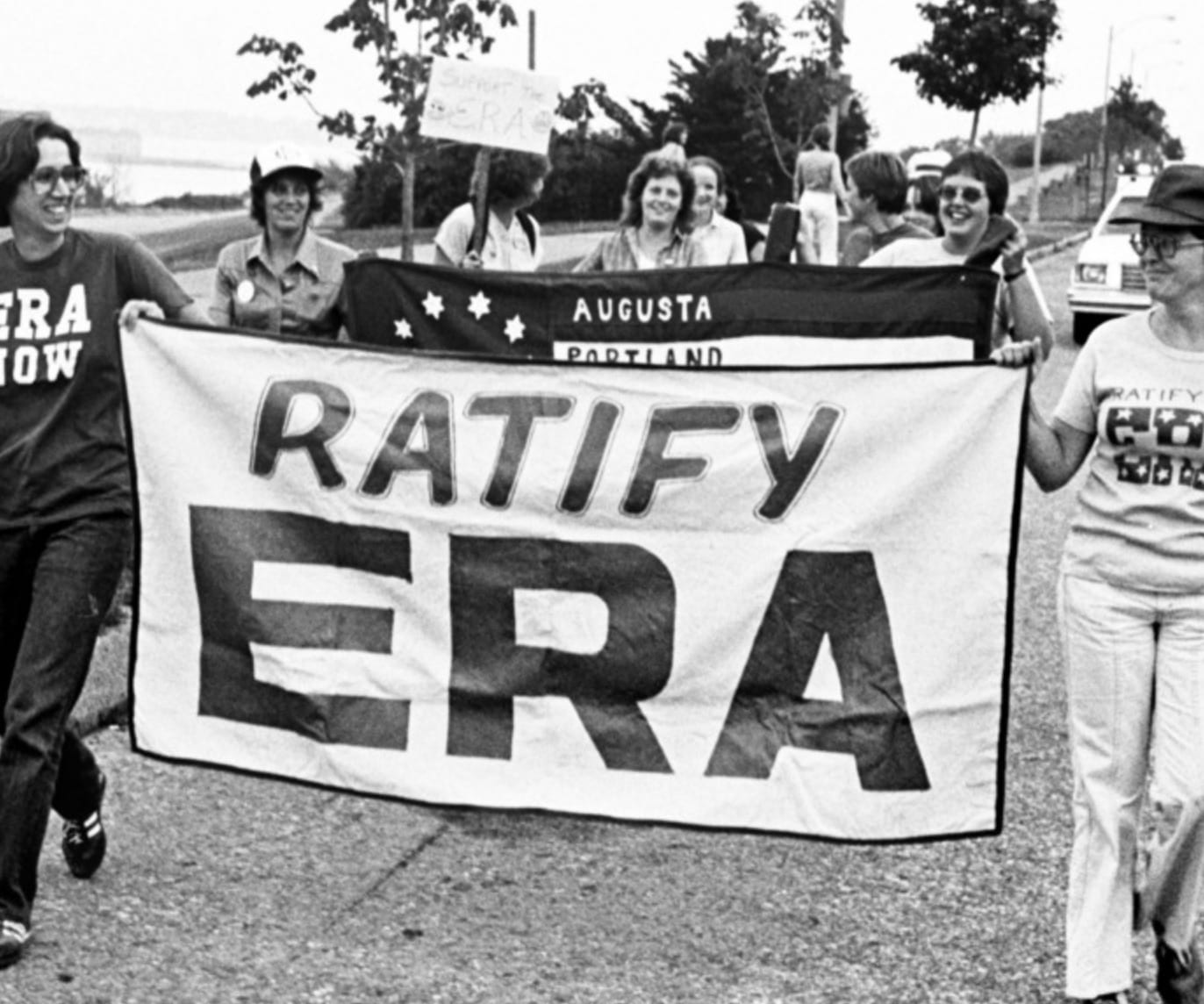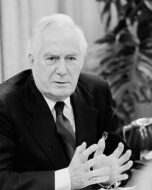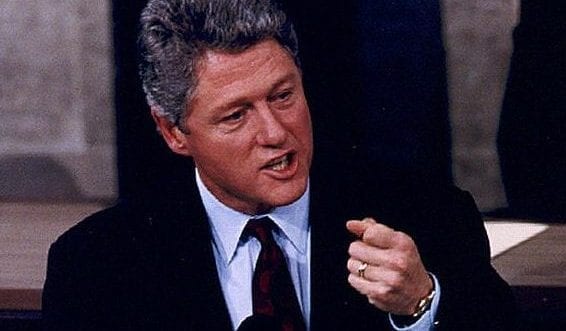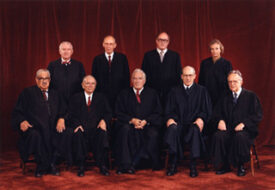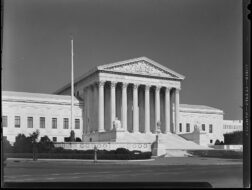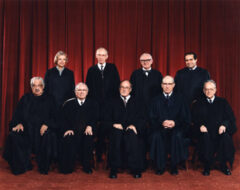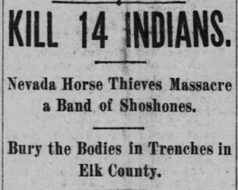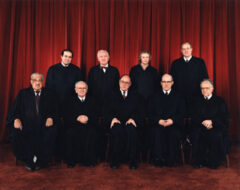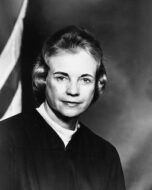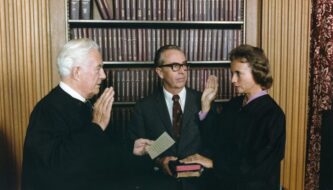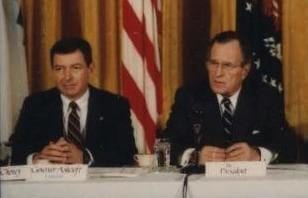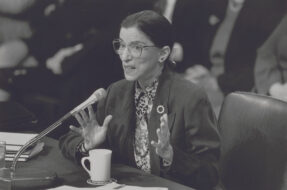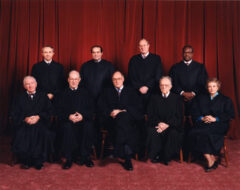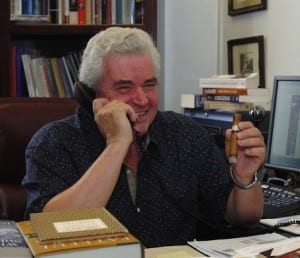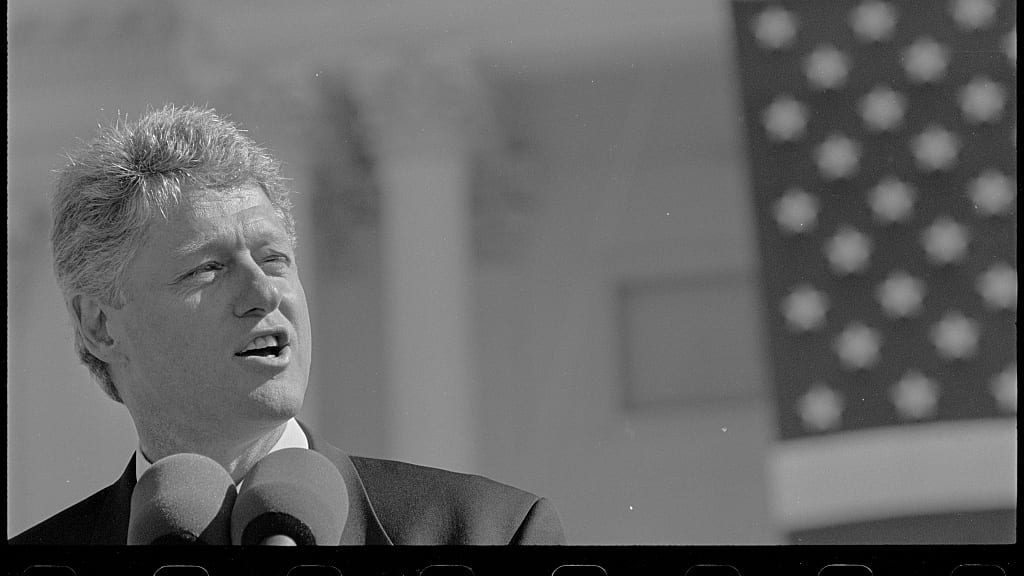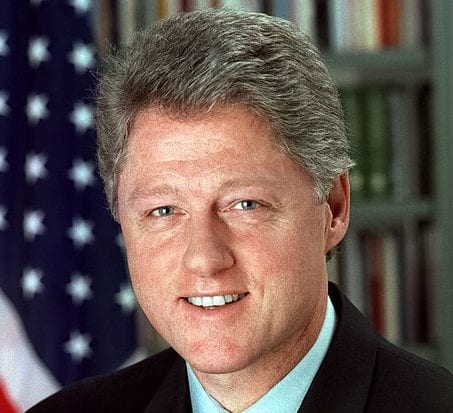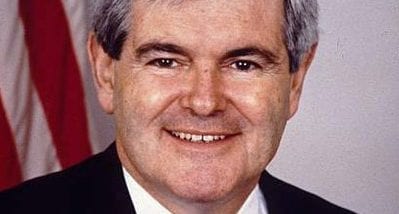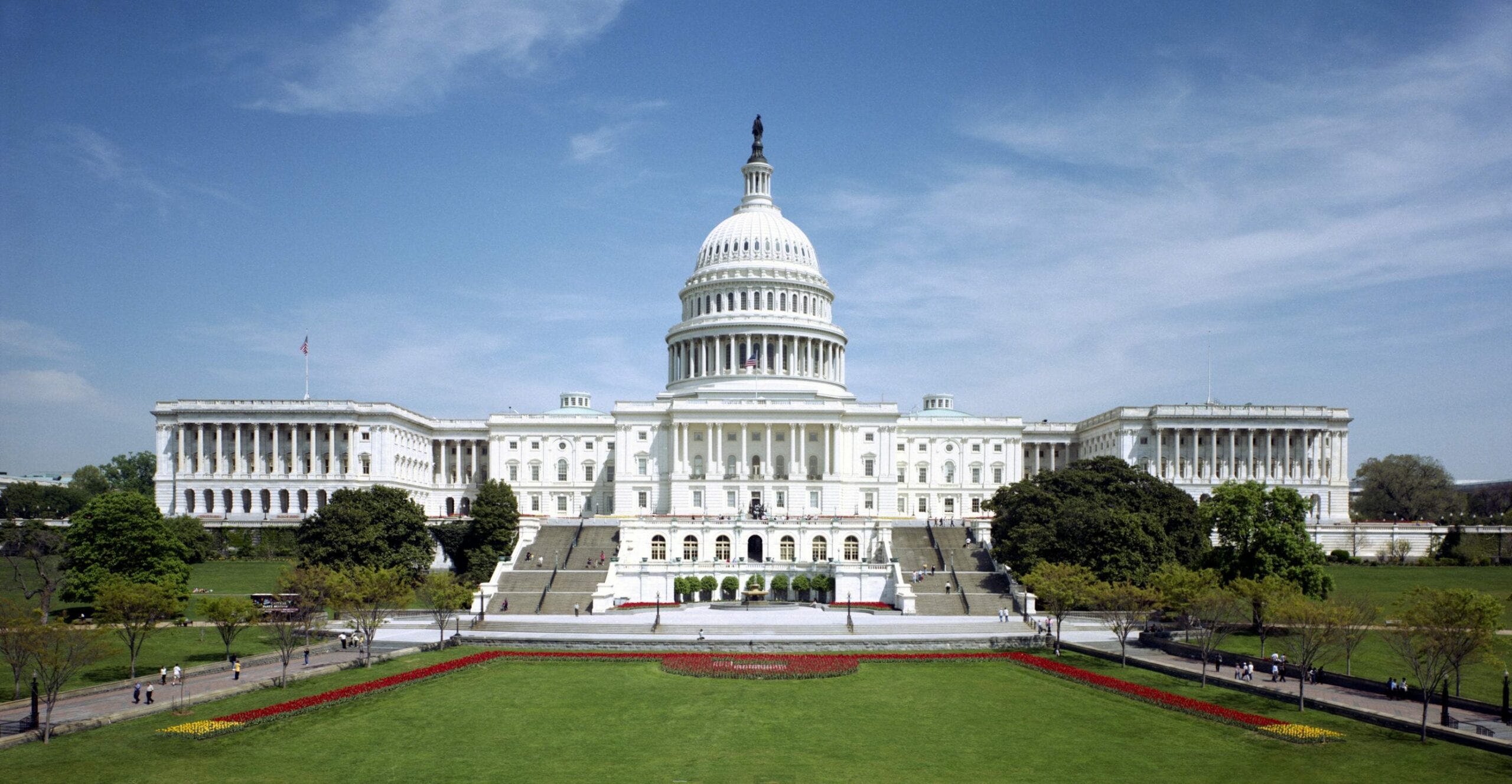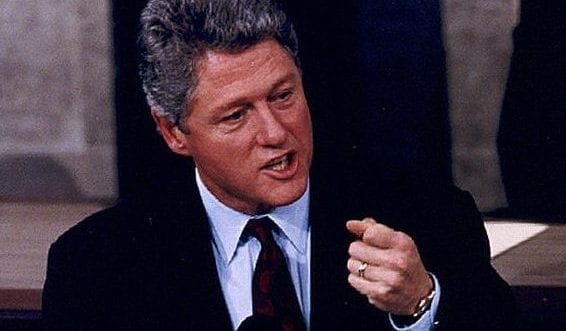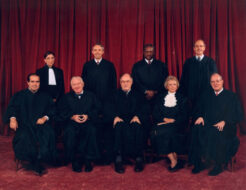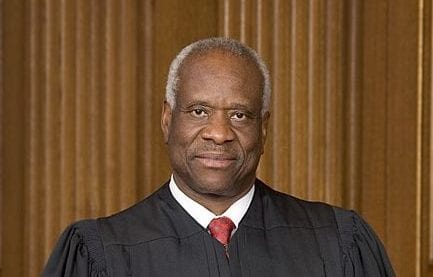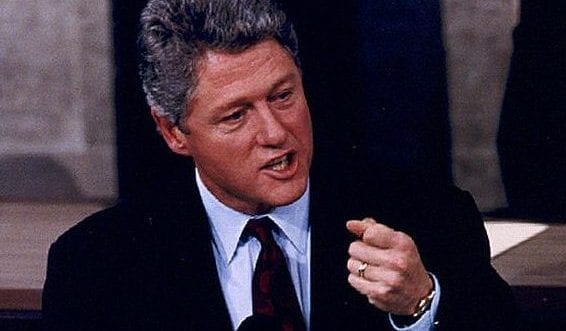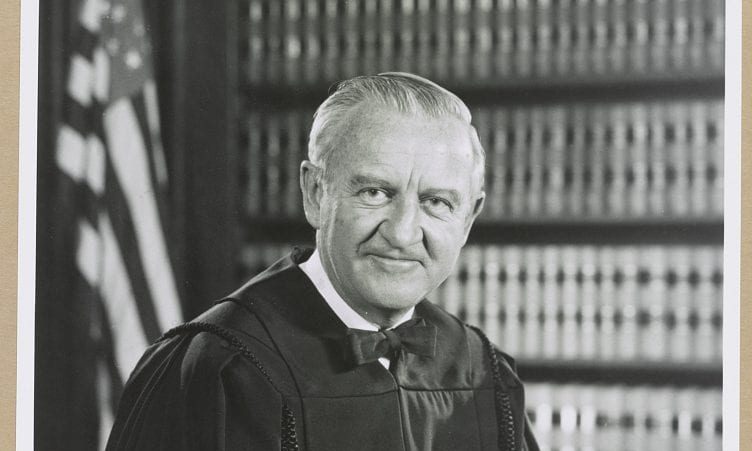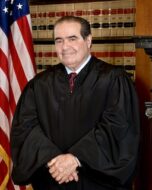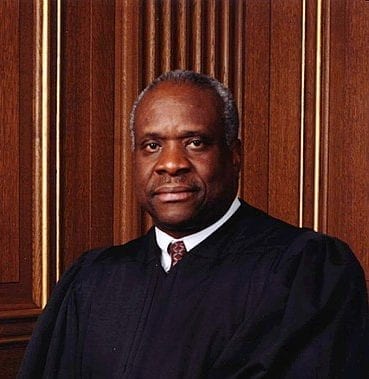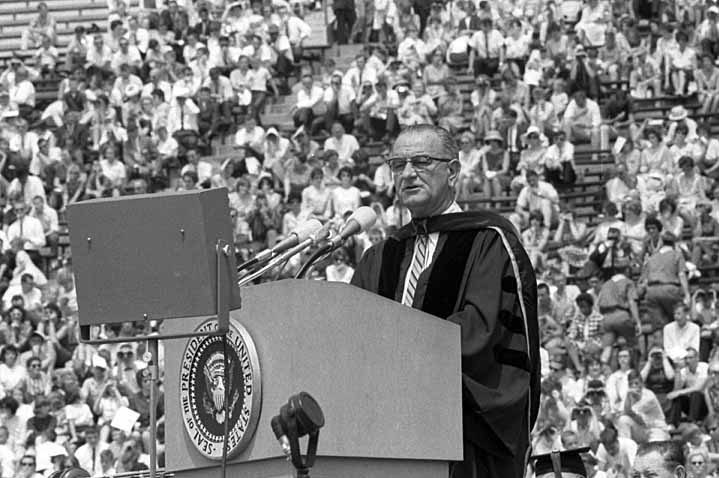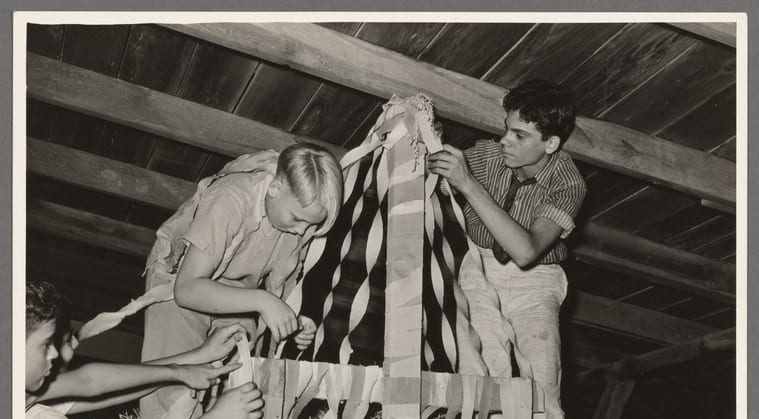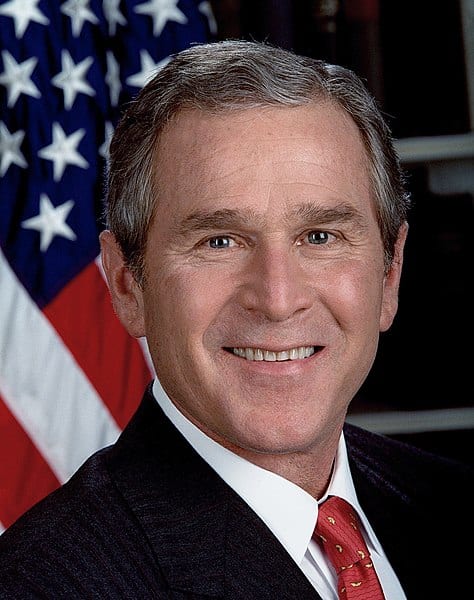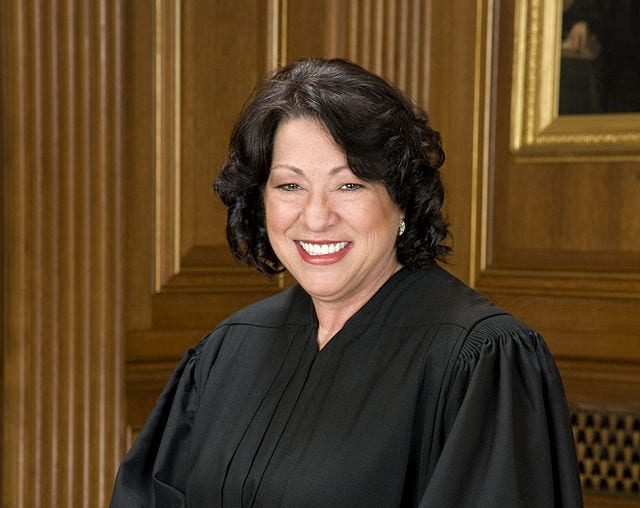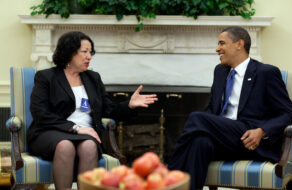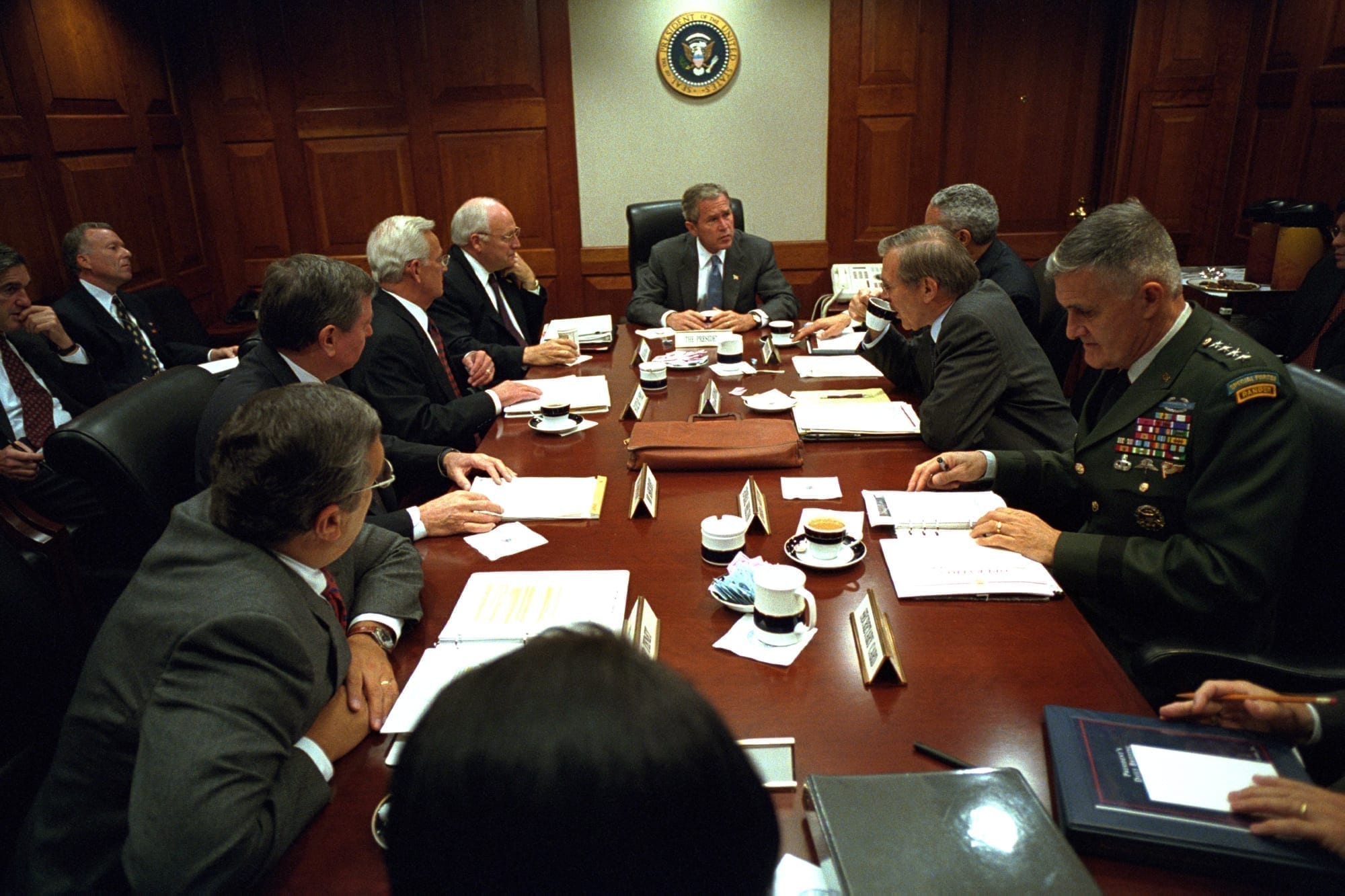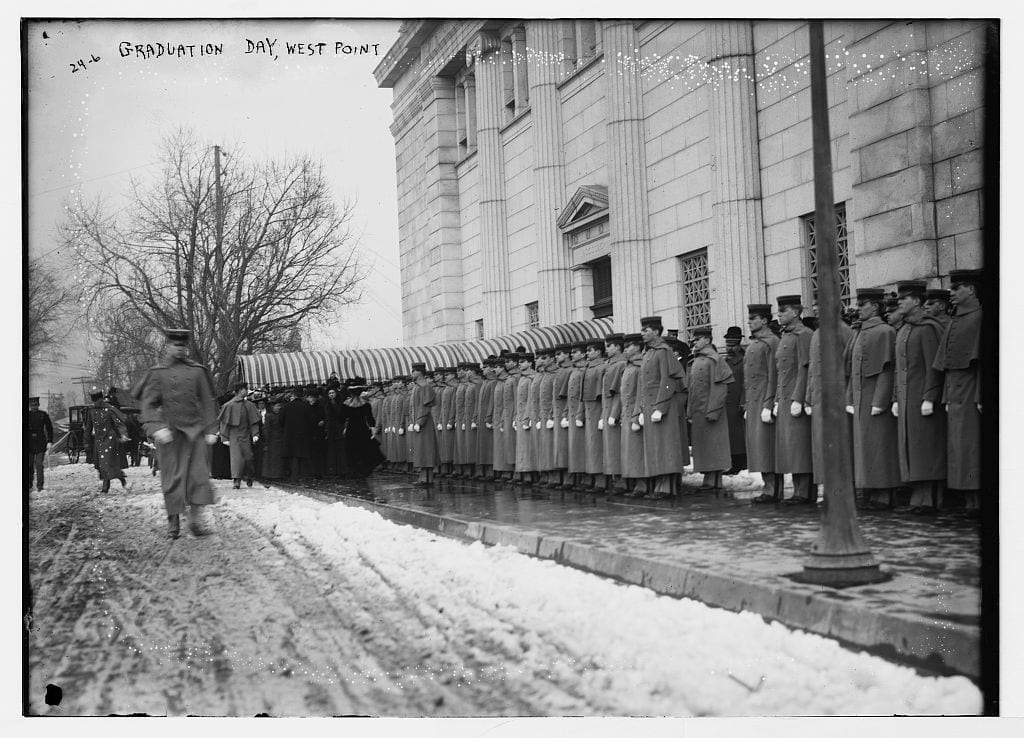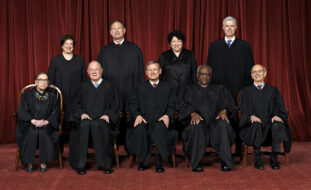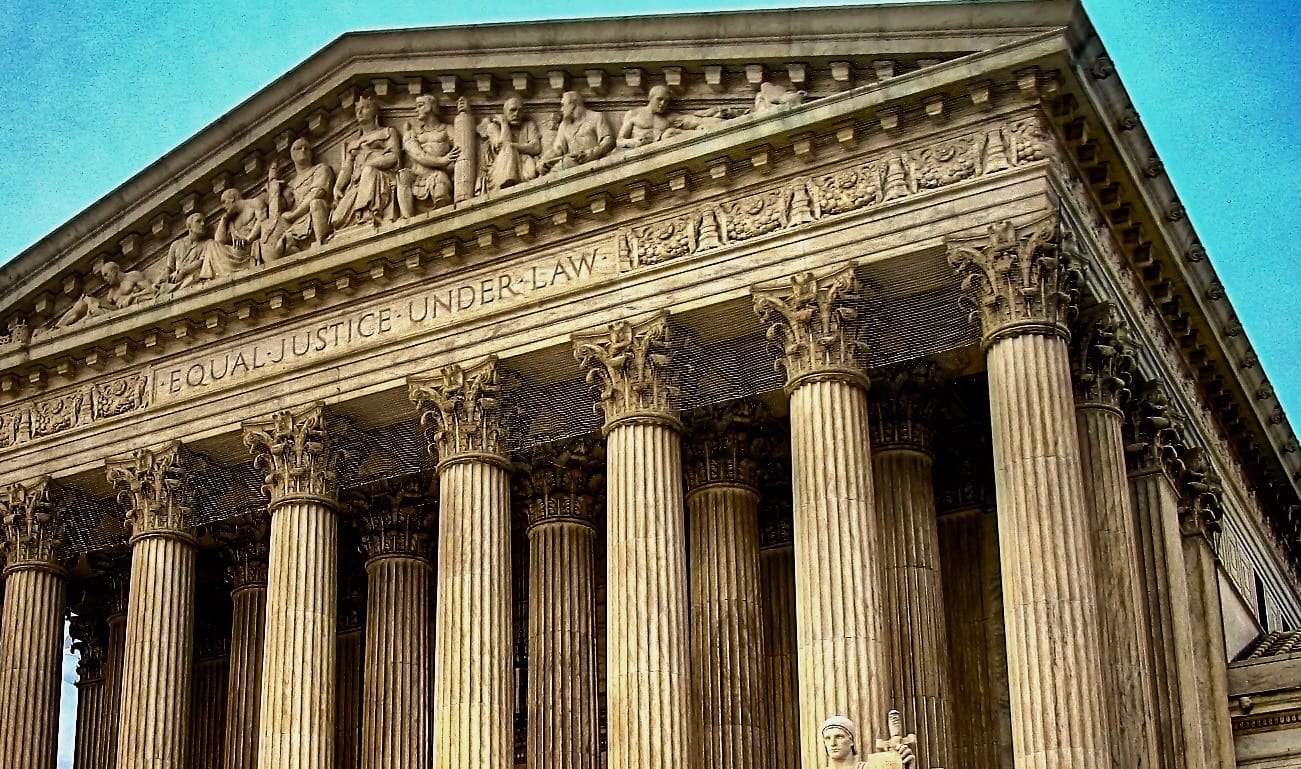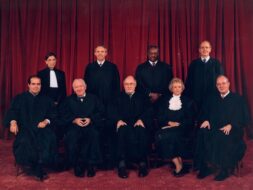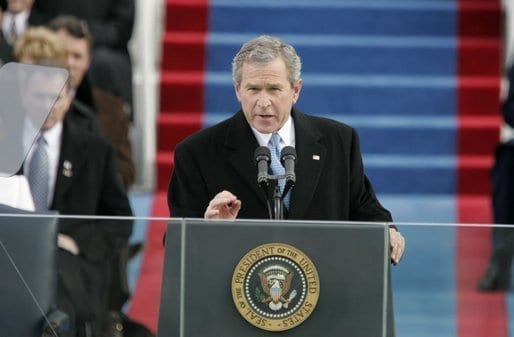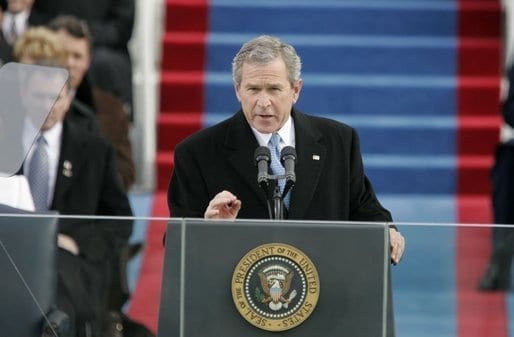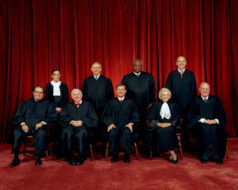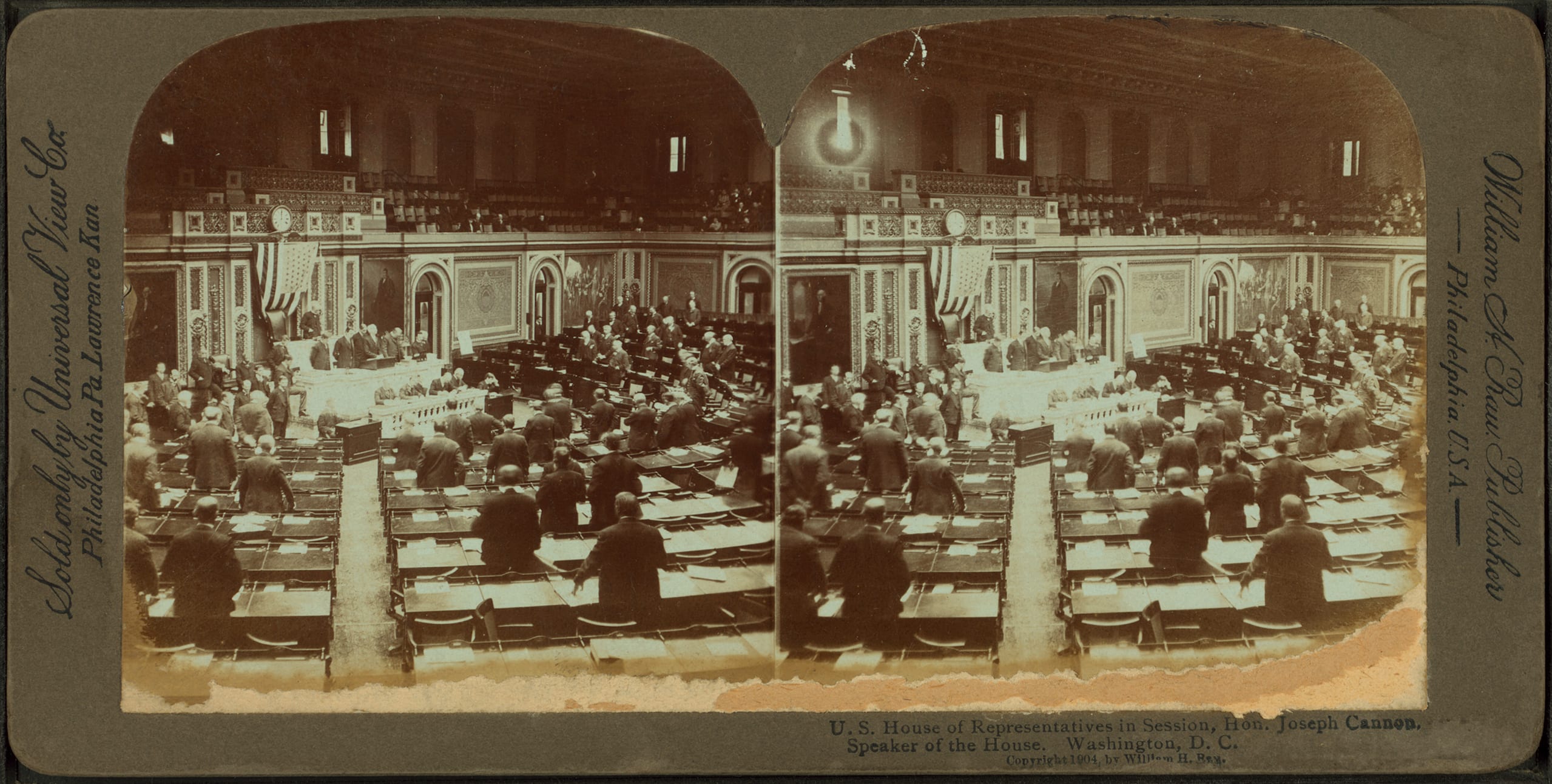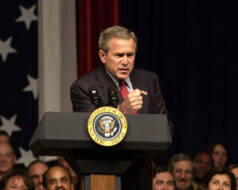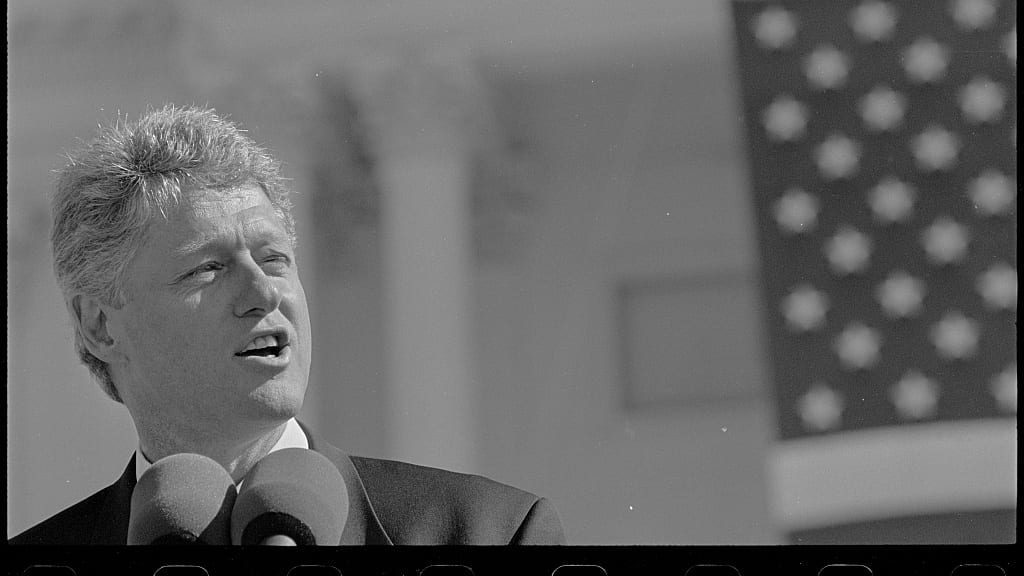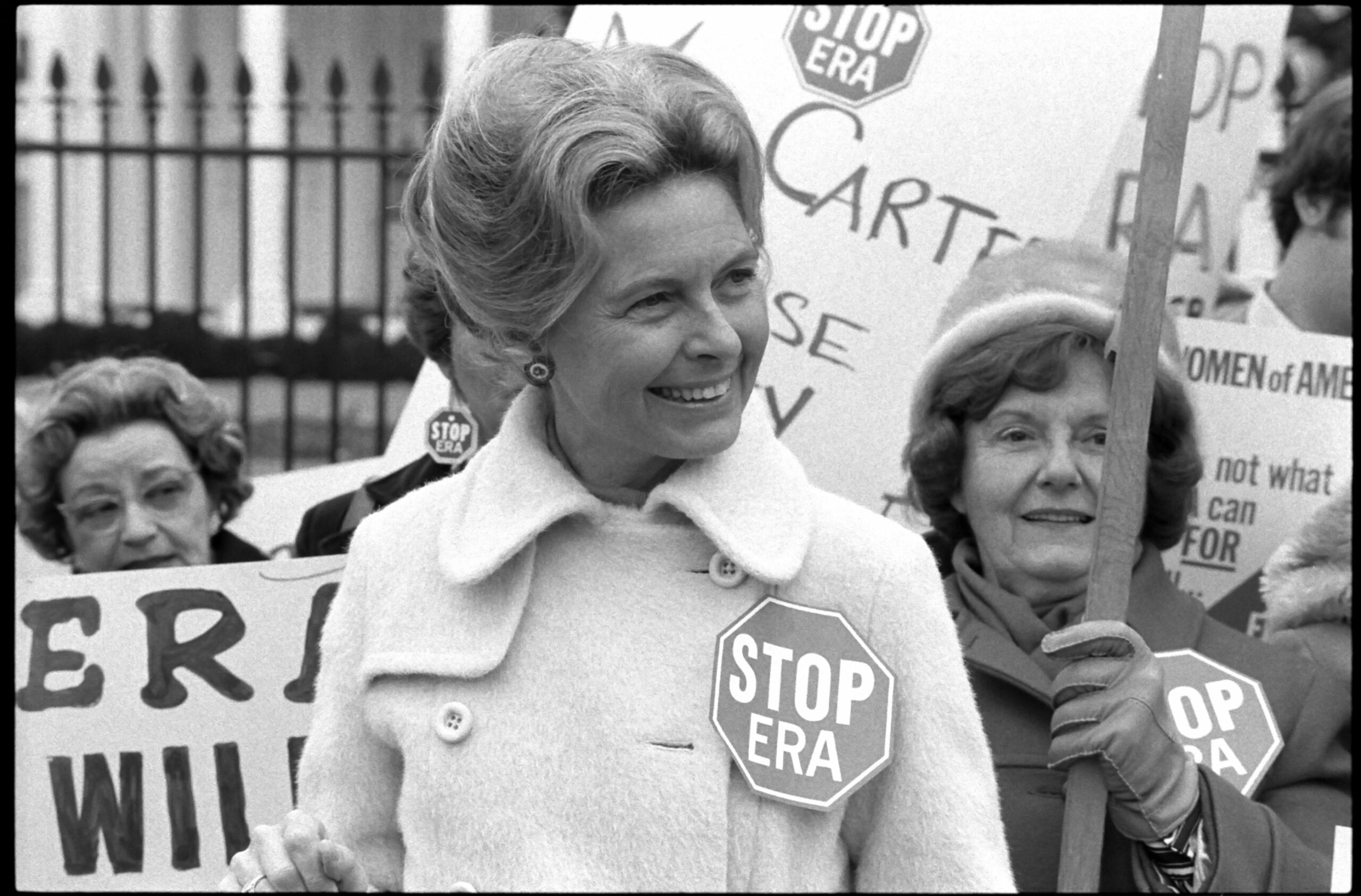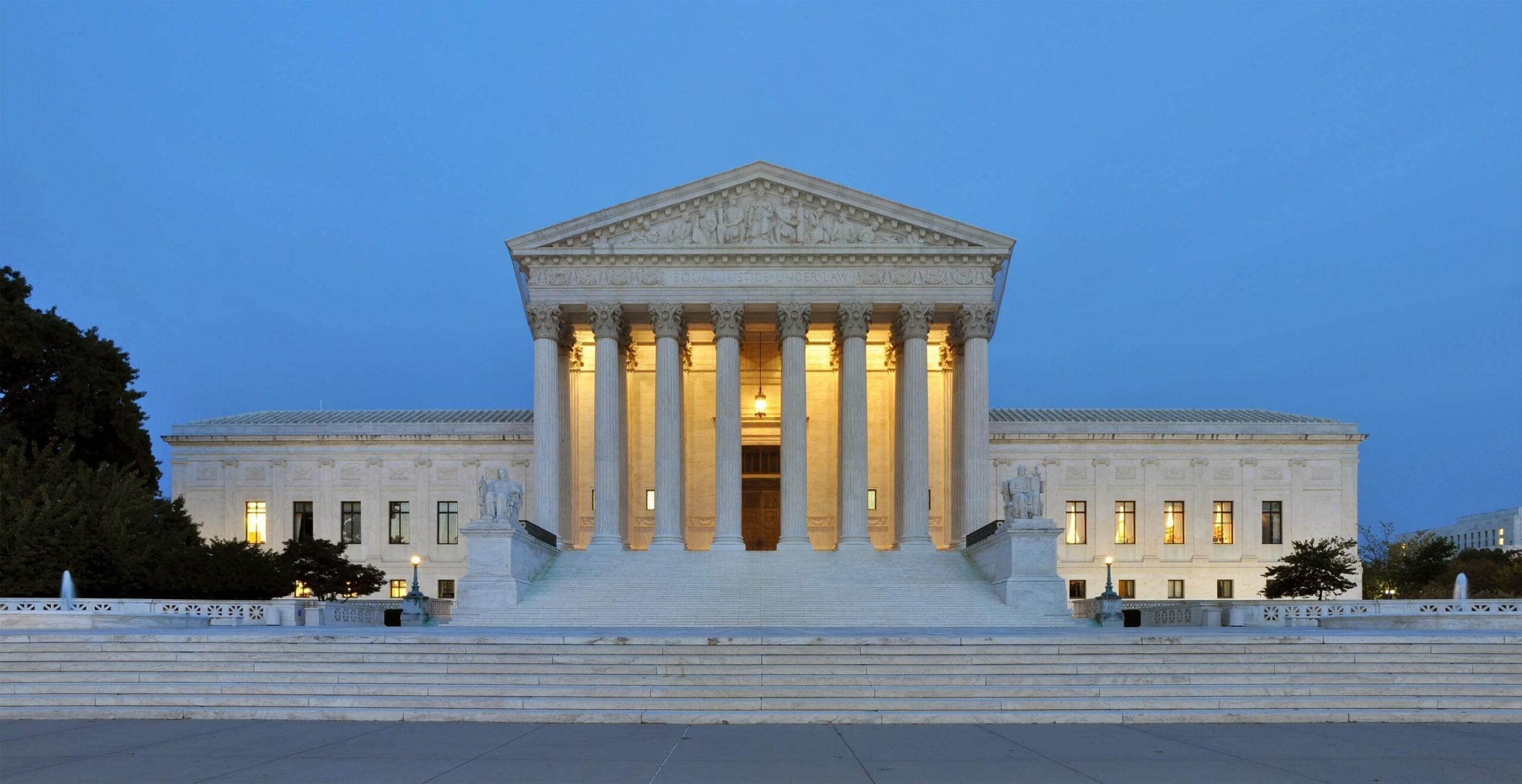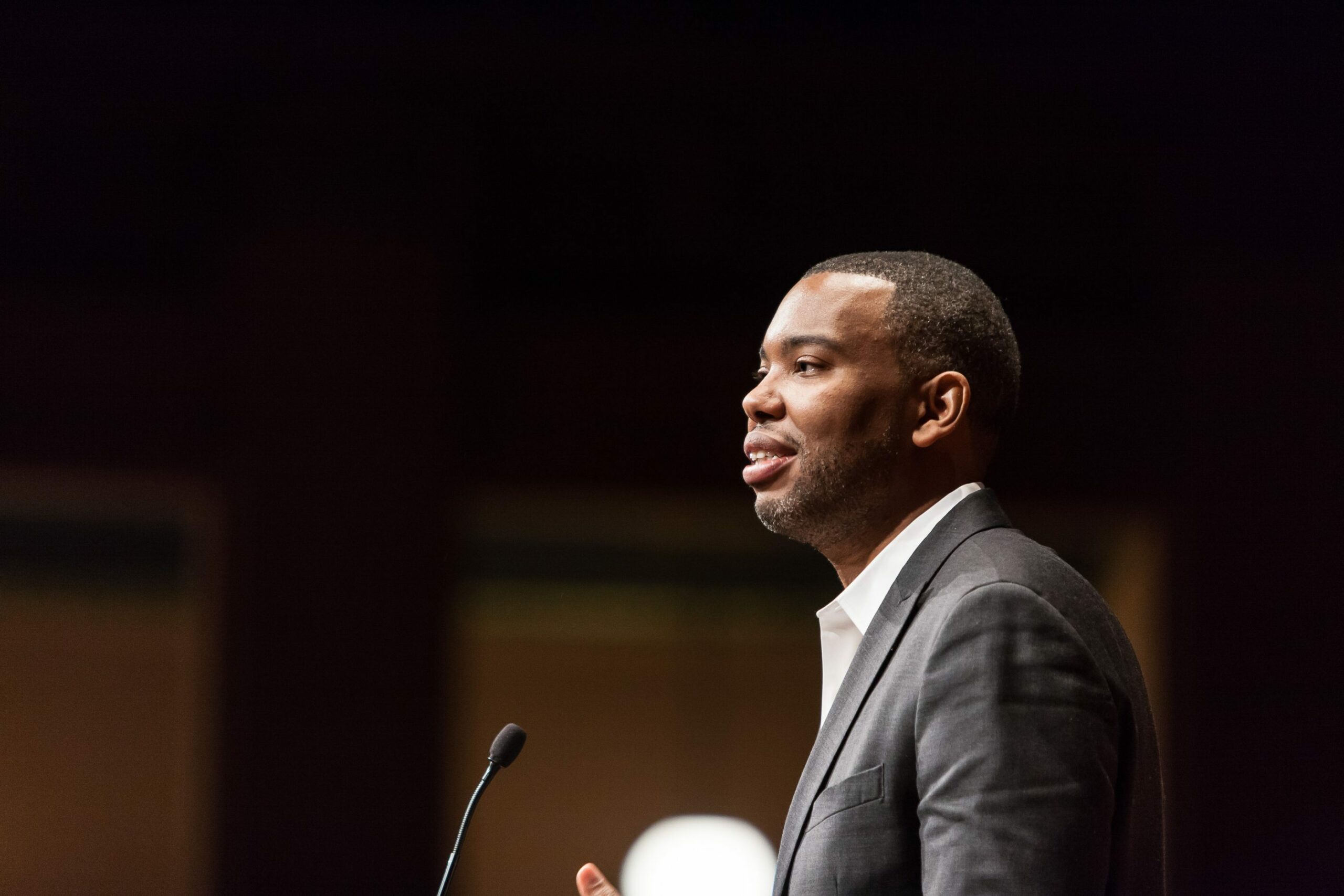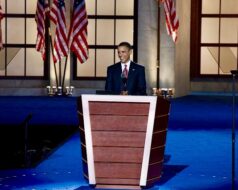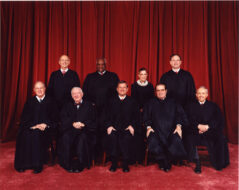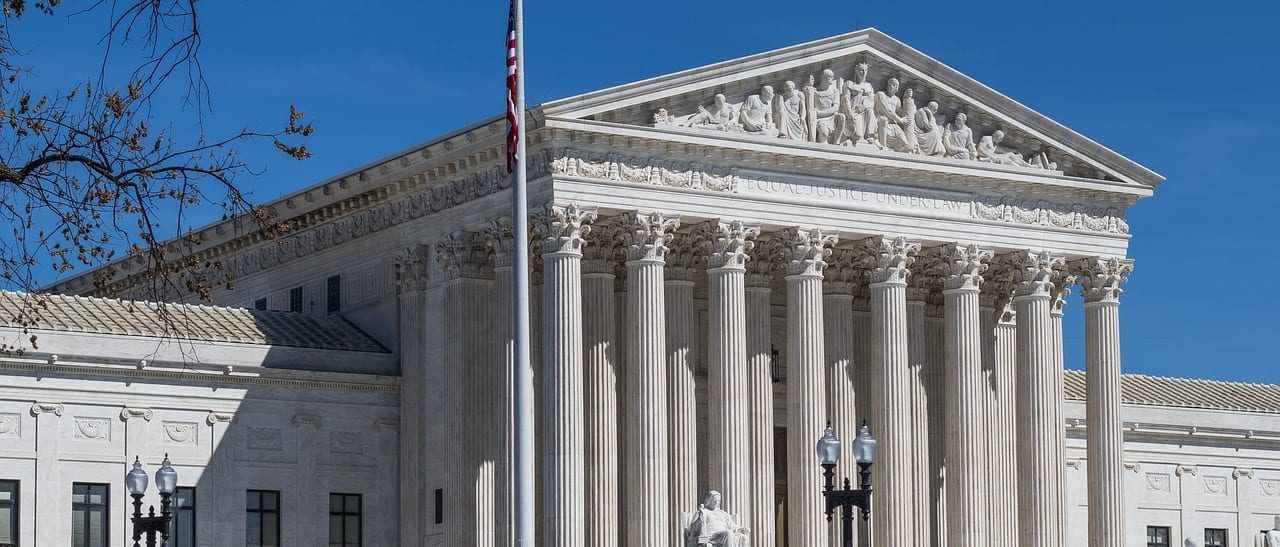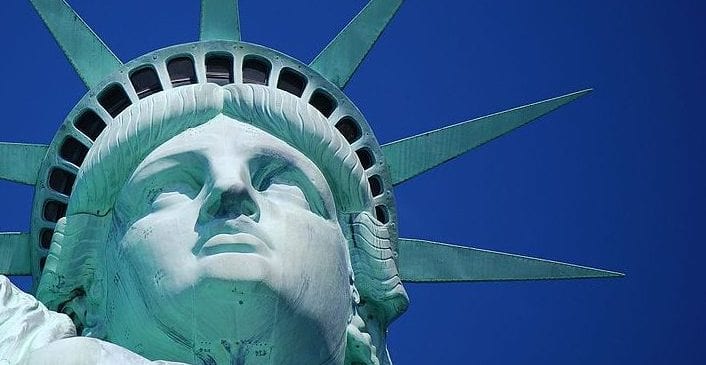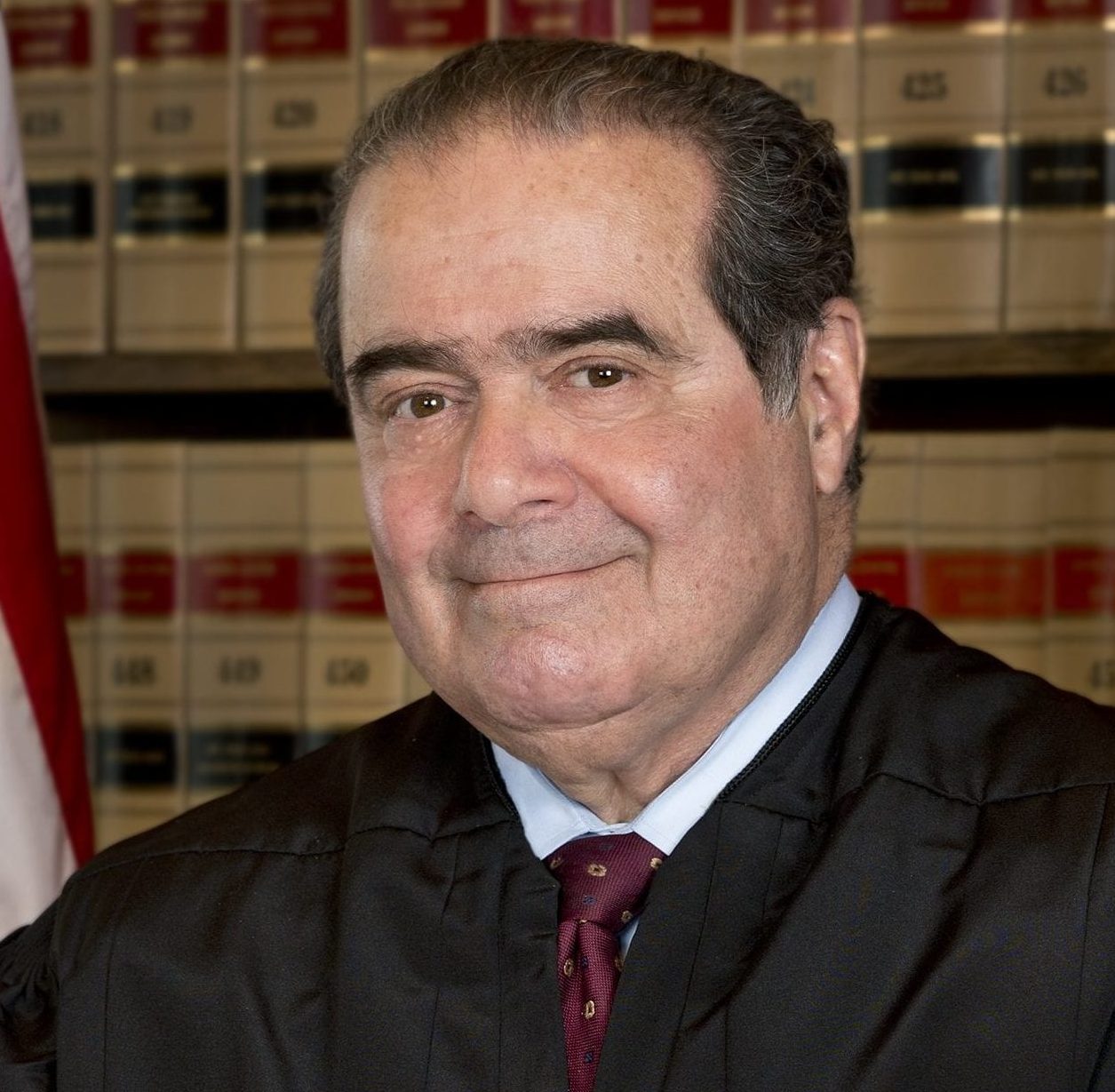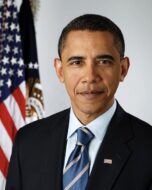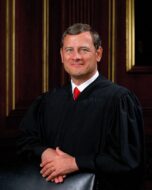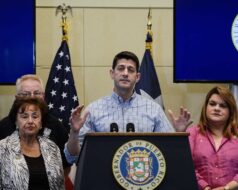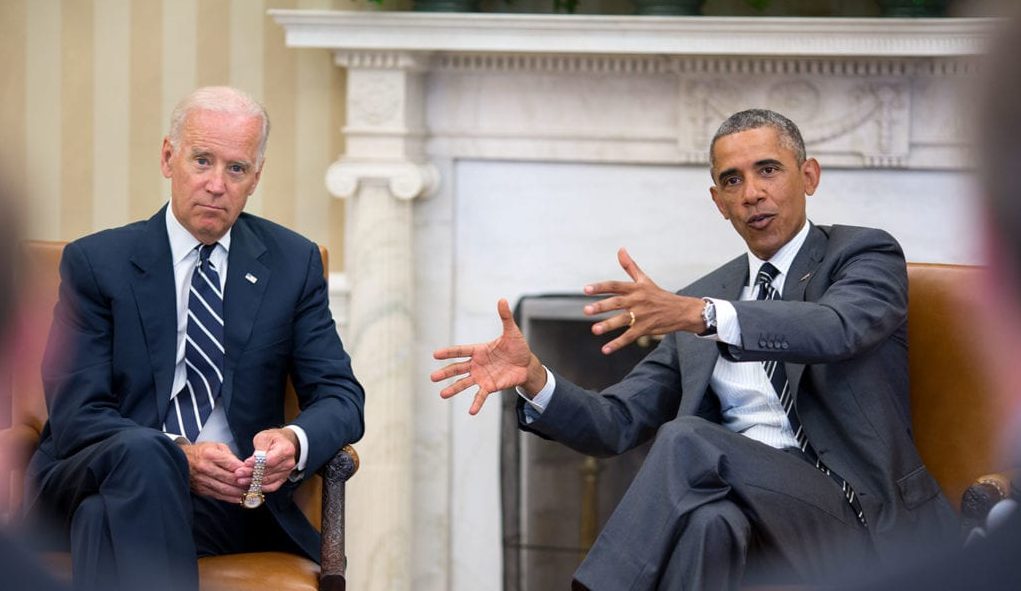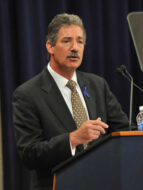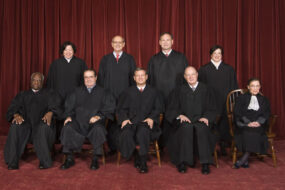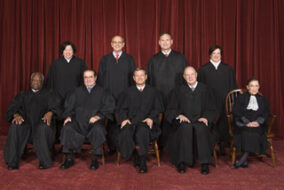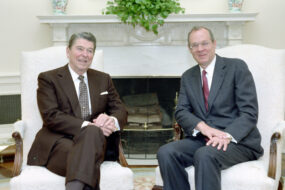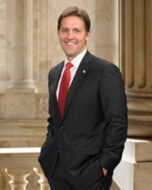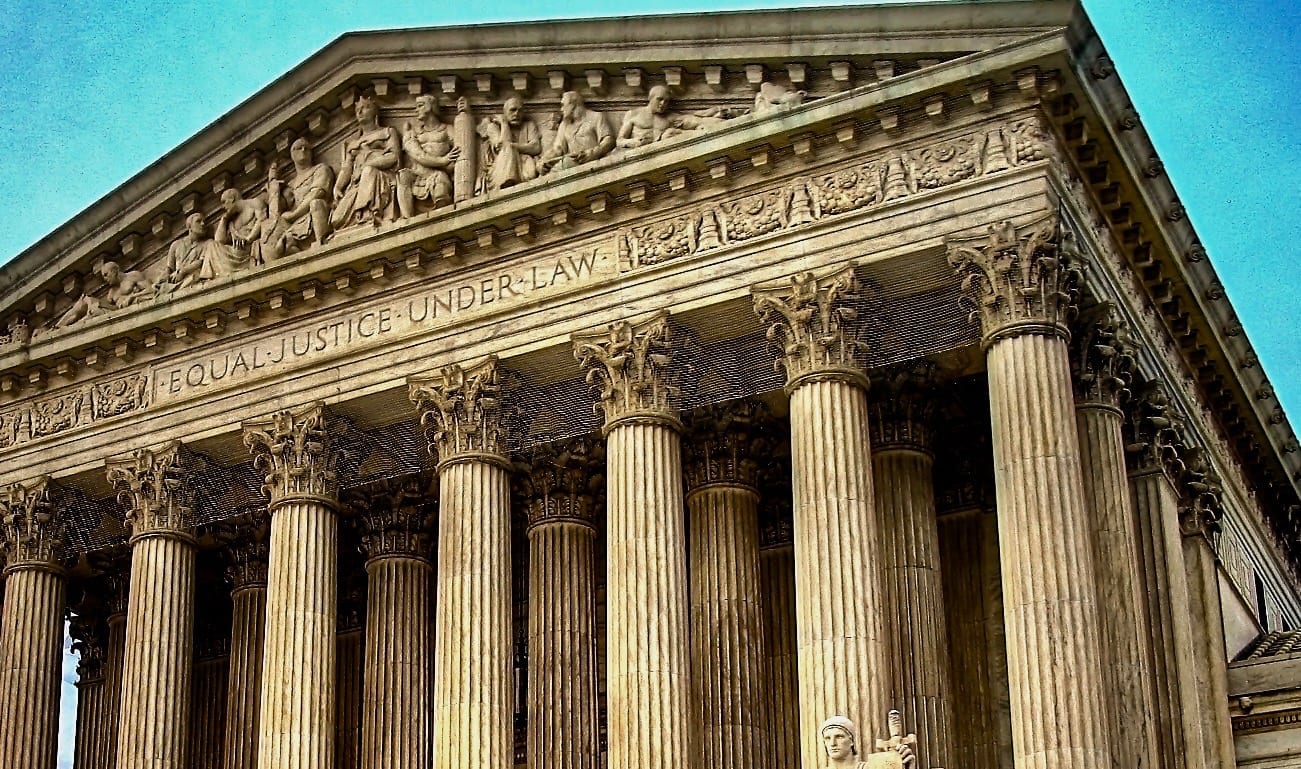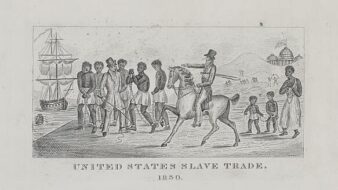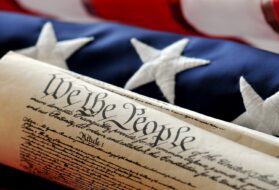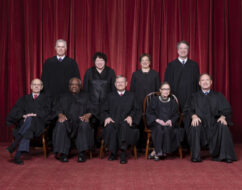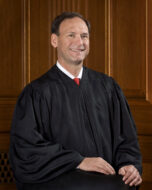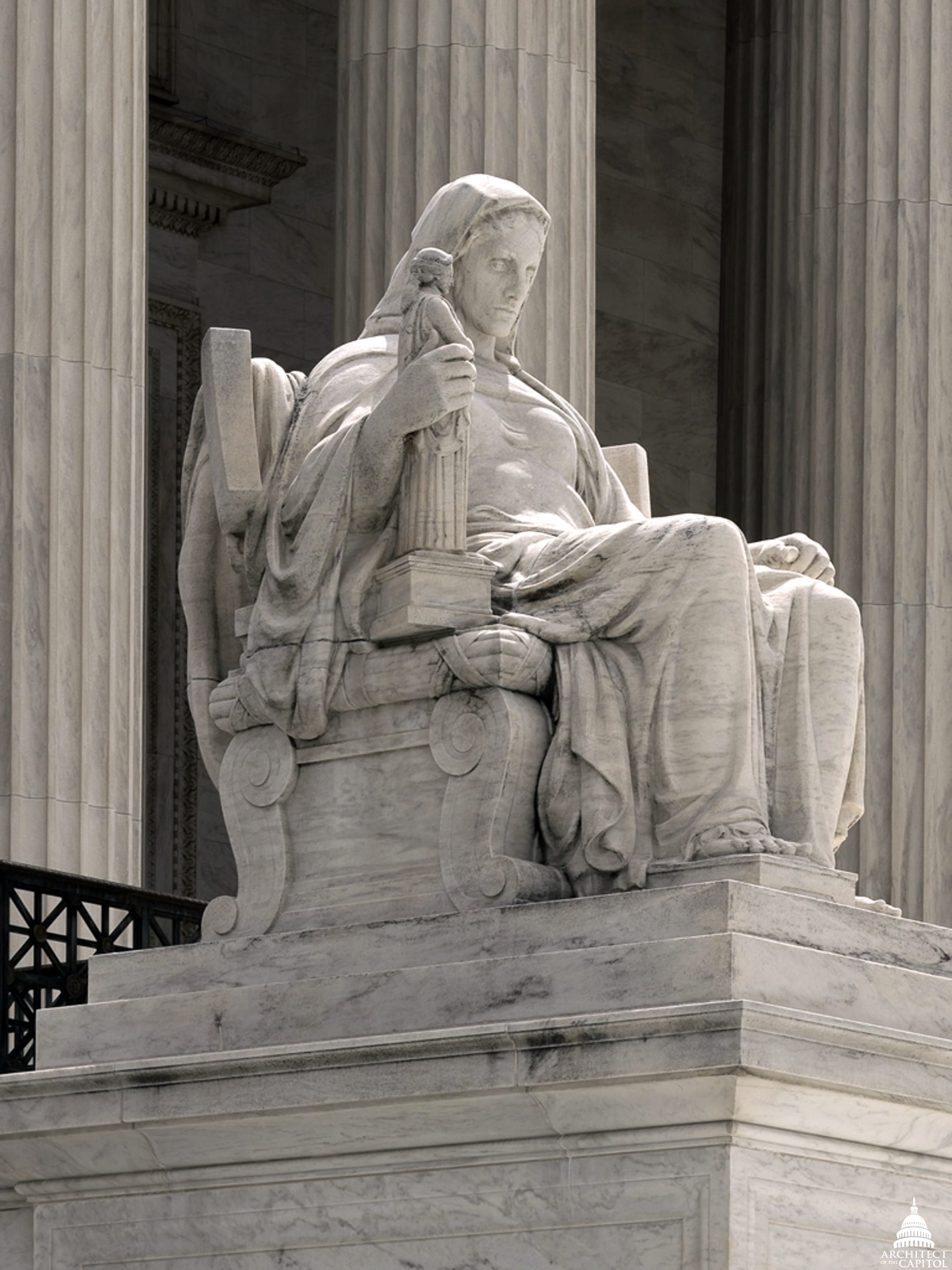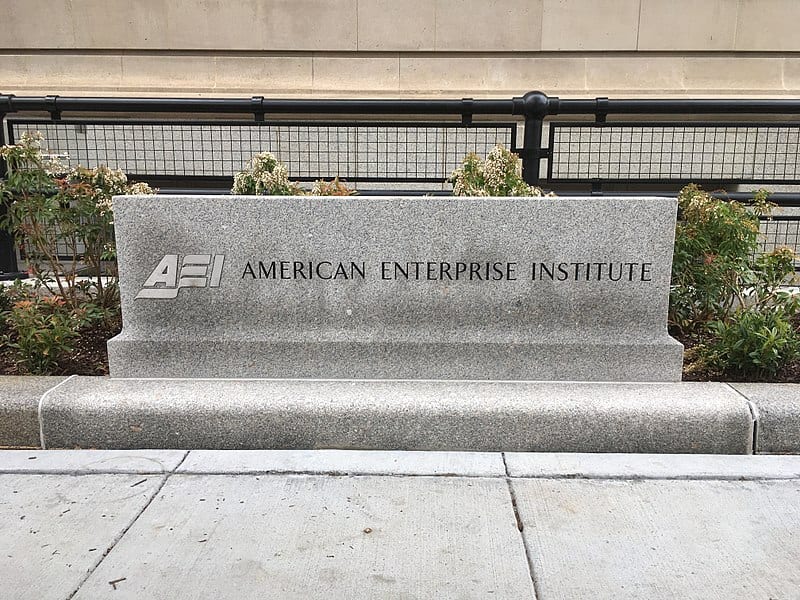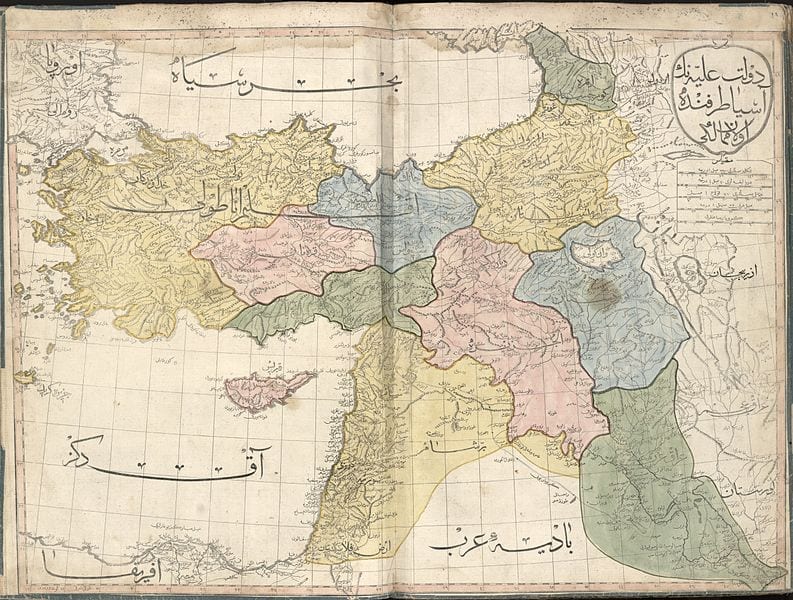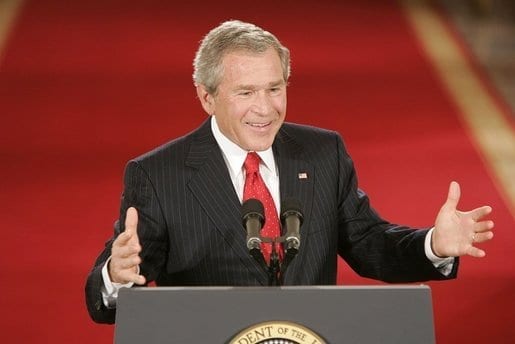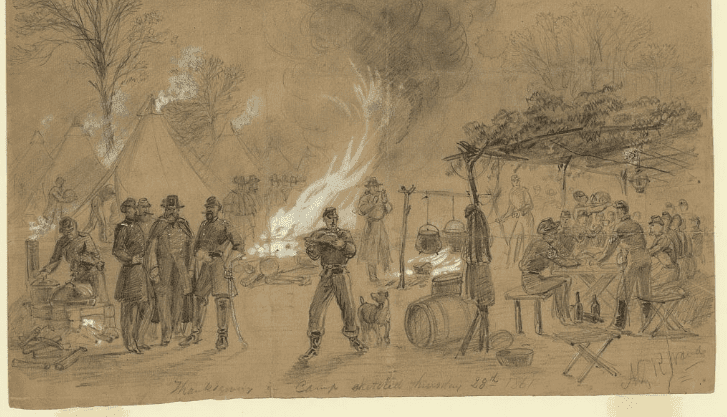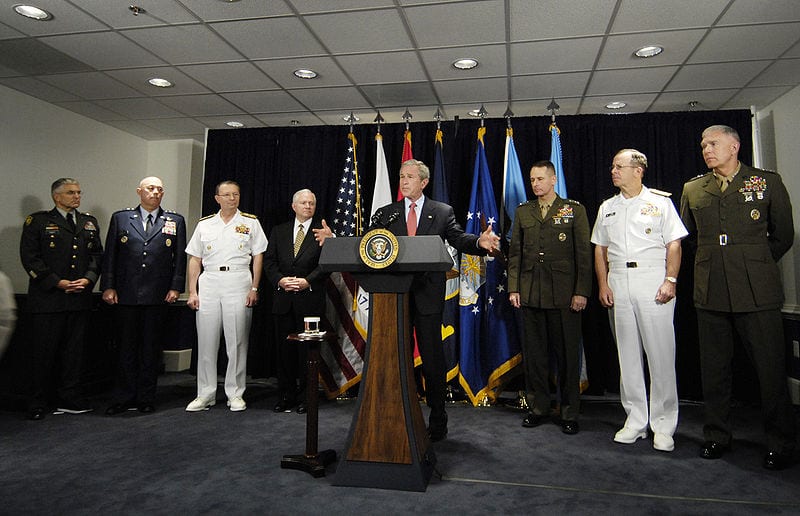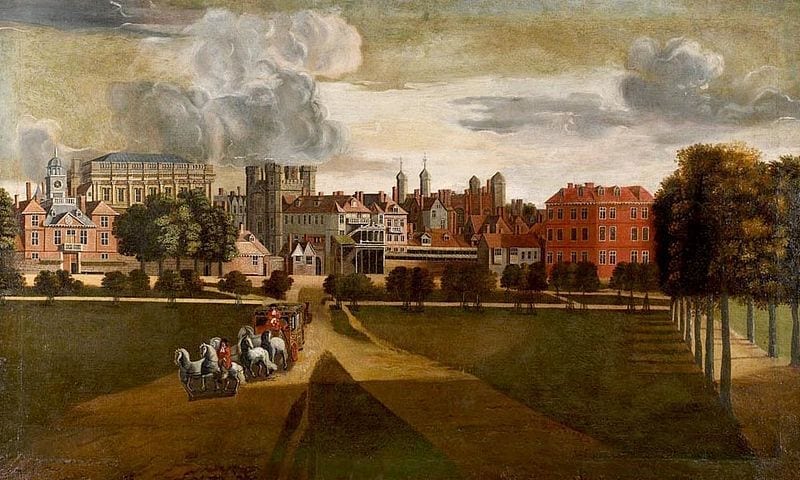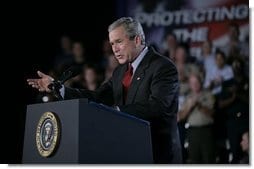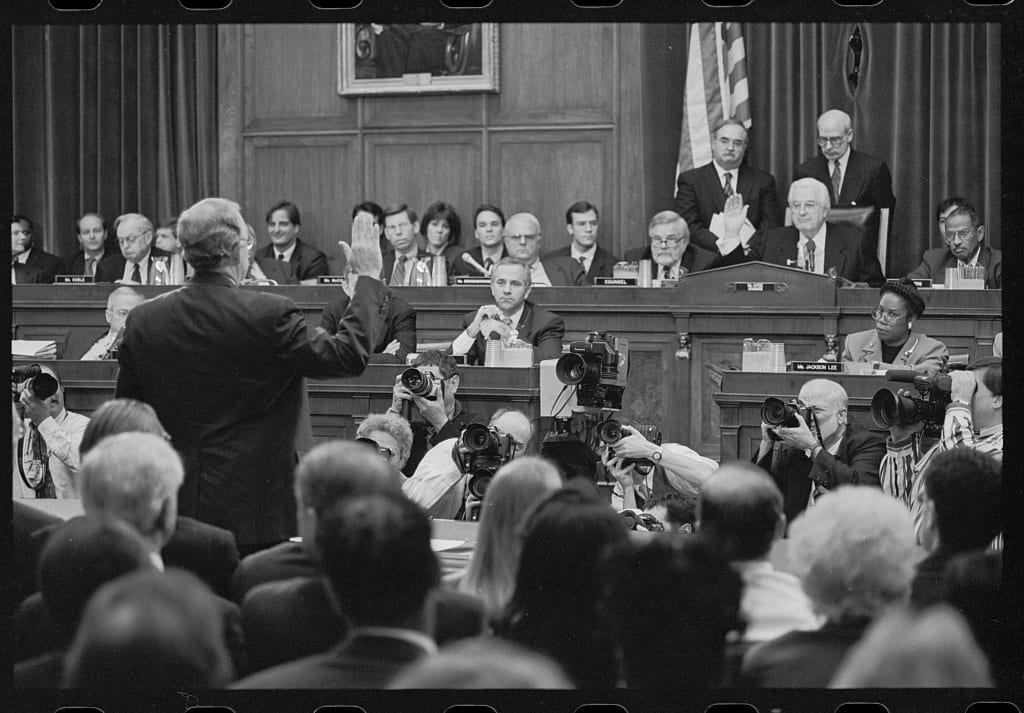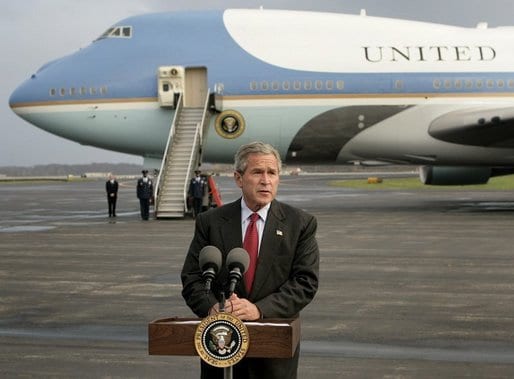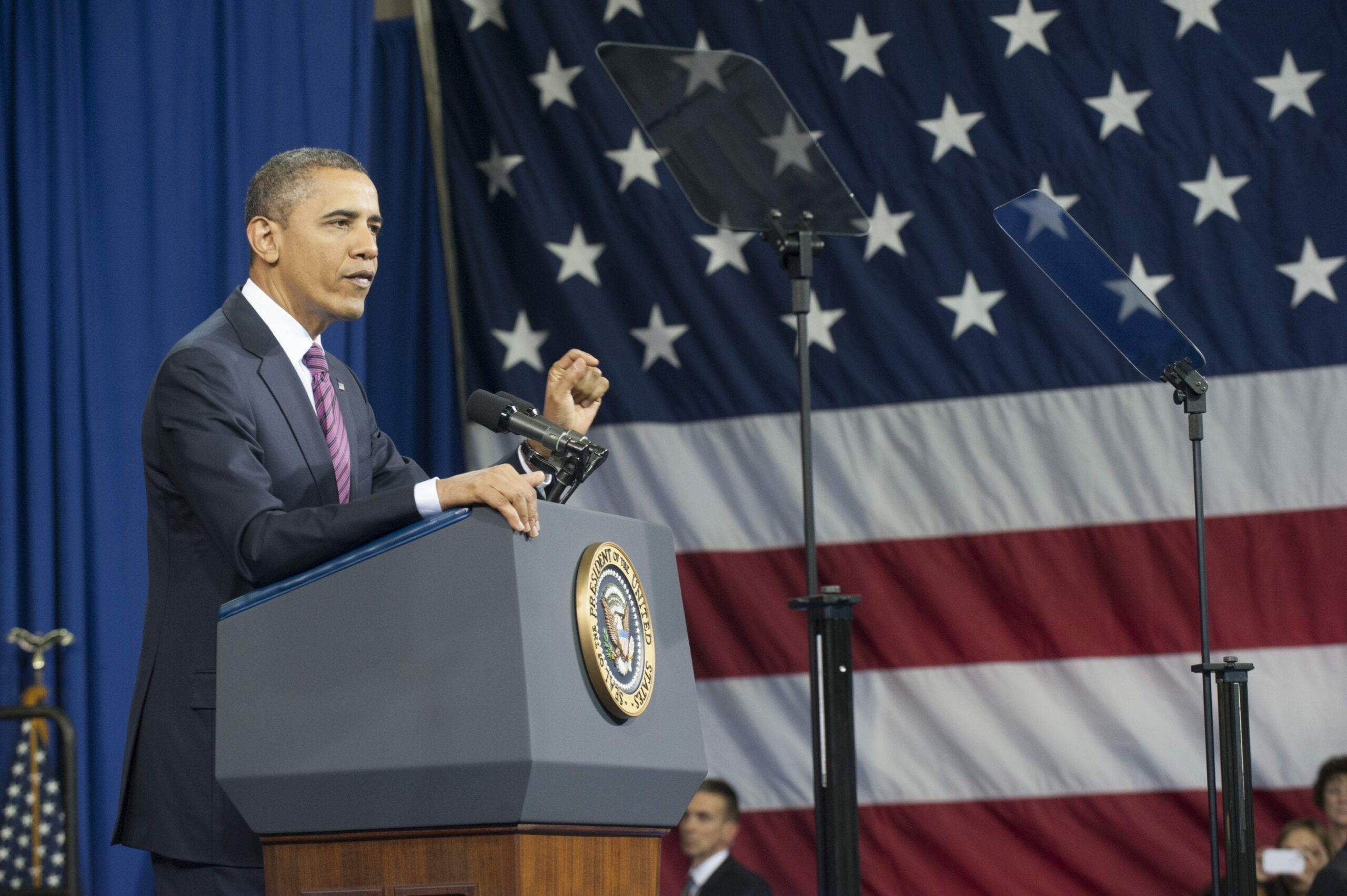

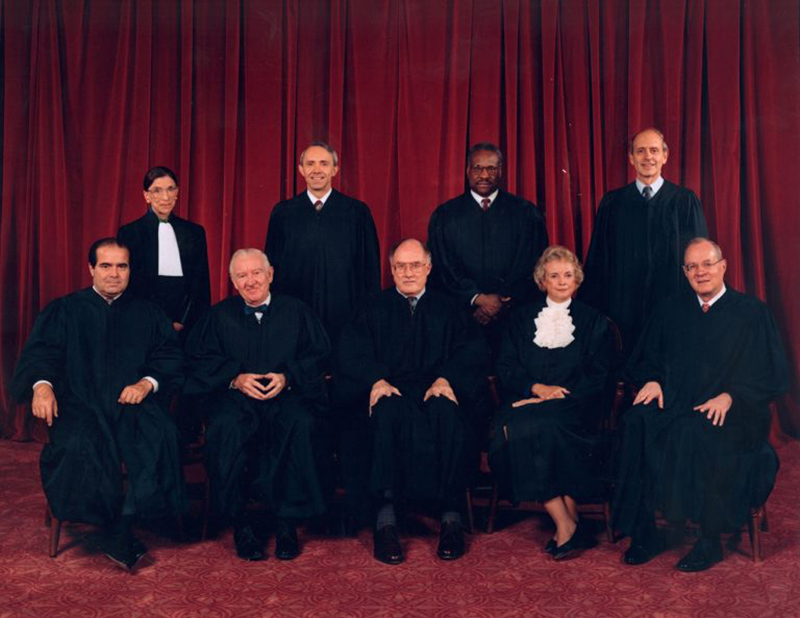
No related resources
Introduction
The Line Item Veto Act of 1997 allowed the president to cancel certain types of spending that had been passed into law. The president was required to transmit to Congress a special message notifying it of the cancellation five days after the enactment of the canceled provision. Congress by a majority vote of both houses could then enact a “disapproval bill” rendering the cancellation “null and void.” In 1997, President Clinton used his authority under the Line Item Veto Act to cancel certain spending provisions of the Balanced Budget Act of 1997. Parties adversely affected by the cancellation brought suit in federal court arguing that the Line Item Veto Act violated the presentment clause of the Constitution, which states that “every bill . . .shall, before it becomes a law, be presented to the president of the United States” (Article I, section 7).
Most legislation passed in Congress today includes earmark spending. That is, representatives and senators are allowed to insert into a bill spending provisions that benefit their constituents only, in return for their support of the bill. Advocates of the line-item veto claim it would be a useful reform to curtail such special interest appropriations. According to Article I of the Constitution, however, the procedure for legislation requires bicameralism (approval by both chambers of Congress) and presentment to the president for either approval or veto of the entire bill. The line-item veto attempts to circumvent that process by allowing the president to sign the legislation but cancel specific (line-item) spending provisions. Given the political pressure to avoid vetoing a large spending bill because of an objection to a few items, the line-item veto appears to be a convenient solution to the challenges of controlling federal spending. However, as Justice John Paul Stevens (1920–2019) writing for a divided Court, observed, the line-item veto also raised problems for the separation of powers because it involved the executive branch in the process of making legislation, rather than simply approving or disapproving it.
524 U.S. 417 (1998), https://supreme.justia.com/cases/federal/us/524/417/.
Justice Stevens delivered the opinion of the Court.
The Line Item Veto Act gives the president the power to “cancel in whole” three types of provisions that have been signed into law: “(1) any dollar amount of discretionary budget authority; (2) any item of new direct spending; or (3) any limited tax benefit.”. . .
In both legal and practical effect, the president has amended two acts of Congress by repealing a portion of each. There is no provision in the Constitution that authorizes the president to enact, to amend, or to repeal statutes. Both Article I and Article II assign responsibilities to the president that directly relate to the law-making process, but neither addresses the issue presented by these cases. The president “shall from time to time give to the Congress information on the state of the Union, and recommend to their consideration such measures as he shall judge necessary and expedient. . . .”1 Thus, he may initiate and influence legislative proposals. Moreover, after a bill has passed both houses of Congress, but “before it become[s] a law,” it must be presented to the president. If he approves it, “he shall sign it, but if not he shall return it, with his objections to that house in which it shall have originated, who shall enter the objections at large on their Journal, and proceed to reconsider it.”2 His “return” of a bill, which is usually described as a “veto,” is subject to being overridden by a two-thirds vote in each house.
There are important differences between the president’s “return” of a bill pursuant to Article I, section 7, and the exercise of the president’s cancellation authority pursuant to the Line Item Veto Act. The constitutional return takes place before the bill becomes law; the statutory cancellation occurs after the bill becomes law. The constitutional return is of the entire bill; the statutory cancellation is of only a part. Although the Constitution expressly authorizes the president to play a role in the process of enacting statutes, it is silent on the subject of unilateral presidential action that either repeals or amends parts of duly enacted statutes.
There are powerful reasons for construing constitutional silence on this profoundly important issue as equivalent to an express prohibition. The procedures governing the enactment of statutes set forth in the text of Article I were the product of the great debates and compromises that produced the Constitution itself. Familiar historical materials provide abundant support for the conclusion that the power to enact statutes may only “be exercised in accord with a single, finely wrought and exhaustively considered, procedure.”3. . . What has emerged in these cases from the president’s exercise of his statutory cancellation powers, however, are truncated versions of two bills that passed both houses of Congress. They are not the product of the “finely wrought” procedure that the Framers designed. . . .
The Government advances two related arguments to support its position that despite the unambiguous provisions of the act, cancellations do not amend or repeal properly enacted statutes in violation of the Presentment Clause. First, . . . the Government contends that the cancellations were merely exercises of discretionary authority granted to the president by the Balanced Budget Act and the Taxpayer Relief Act read in light of the previously enacted Line Item Veto Act. Second, the Government submits that the substance of the authority to cancel tax and spending items “is, in practical effect, no more and no less than the power to ‘decline to spend’ specified sums of money, or to ‘decline to implement’ specified tax measures.” Neither argument is persuasive.
In Field v. Clark,4 the Court upheld the constitutionality of the Tariff Act of 1890. That statute contained a “free list” of almost three hundred specific articles that were exempted from import duties “unless otherwise specially provided for in this act.” Section 3 was a special provision that directed the president to suspend that exemption for sugar, molasses, coffee, tea, and hides “whenever, and so often” as he should be satisfied that any country producing and exporting those products imposed duties on the agricultural products of the United States that he deemed to be “reciprocally unequal and unreasonable. . . .”5 The section then specified the duties to be imposed on those products during any such suspension. The Court provided this explanation for its conclusion that section 36 had not delegated legislative power to the president:
Nothing involving the expediency or the just operation of such legislation was left to the determination of the president. . . .[W]hen he ascertained the fact that duties and exactions, reciprocally unequal and unreasonable, were imposed upon the agricultural or other products of the United States by a country producing and exporting sugar, molasses, coffee, tea, or hides, it became his duty to issue a proclamation declaring the suspension, as to that country, which Congress had determined should occur. He had no discretion in the premises except in respect to the duration of the suspension so ordered. But that related only to the enforcement of the policy established by Congress. As the suspension was absolutely required when the president ascertained the existence of a particular fact, it cannot be said that in ascertaining that fact and in issuing his proclamation, in obedience to the legislative will, he exercised the function of making laws. . . . It was a part of the law itself as it left the hands of Congress that the provisions, full and complete in themselves, permitting the free introduction of sugars, molasses, coffee, tea, and hides, from particular countries, should be suspended, in a given contingency, and that in case of such suspensions certain duties should be imposed.7
This passage identifies three critical differences between the power to suspend the exemption from import duties and the power to cancel portions of a duly enacted statute. First, the exercise of the suspension power was contingent upon a condition that did not exist when the Tariff Act was passed: the imposition of “reciprocally unequal and unreasonable” import duties by other countries. In contrast, the exercise of the cancellation power within five days after the enactment of the Balanced Budget and Tax Reform Acts necessarily was based on the same conditions that Congress evaluated when it passed those statutes. Second, under the Tariff Act, when the president determined that the contingency had arisen, he had a duty to suspend; in contrast, while it is true that the president was required by the act to make three determinations before he canceled a provision, those determinations did not qualify his discretion to cancel or not to cancel. Finally, whenever the president suspended an exemption under the Tariff Act, he was executing the policy that Congress had embodied in the statute. In contrast, whenever the president cancels an item of new direct spending or a limited tax benefit he is rejecting the policy judgment made by Congress and relying on his own policy judgment. . . .
Neither are we persuaded by the Government’s contention that the president’s authority to cancel new direct spending and tax benefit items is no greater than his traditional authority to decline to spend appropriated funds. The Government has reviewed in some detail the series of statutes in which Congress has given the executive broad discretion over the expenditure of appropriated funds. . . .The critical difference between this statute and all of its predecessors, however, is that unlike any of them, this act gives the president the unilateral power to change the text of duly enacted statutes. None of the act’s predecessors could even arguably have been construed to authorize such a change. . . .
If there is to be a new procedure in which the president will play a different role in determining the final text of what may “become a law,” such change must come not by legislation but through the amendment procedures set forth in Article V of the Constitution. . . .
- 1. Justice Stevens’ note: Art. II, § 3
- 2. Justice Stevens’ note: Art. I, §7, cl. 2.
- 3. Chadha, 462 U.S., at 951
- 4. Marshall Field & Co. v. Clark, 143 U.S. 649 (1892).
- 5. Justice Stevens’ note: d., at 612, quoted in Field, 143 U.S., at 680.
- 6. Section 3 of the Tariff Act of 1890 referred to a few lines earlier.
- 7. Justice Stevens’ note: Field v. Clark,/I>, 693.
Defence of Conservatism
July 28, 1998
Conversation-based seminars for collegial PD, one-day and multi-day seminars, graduate credit seminars (MA degree), online and in-person.

